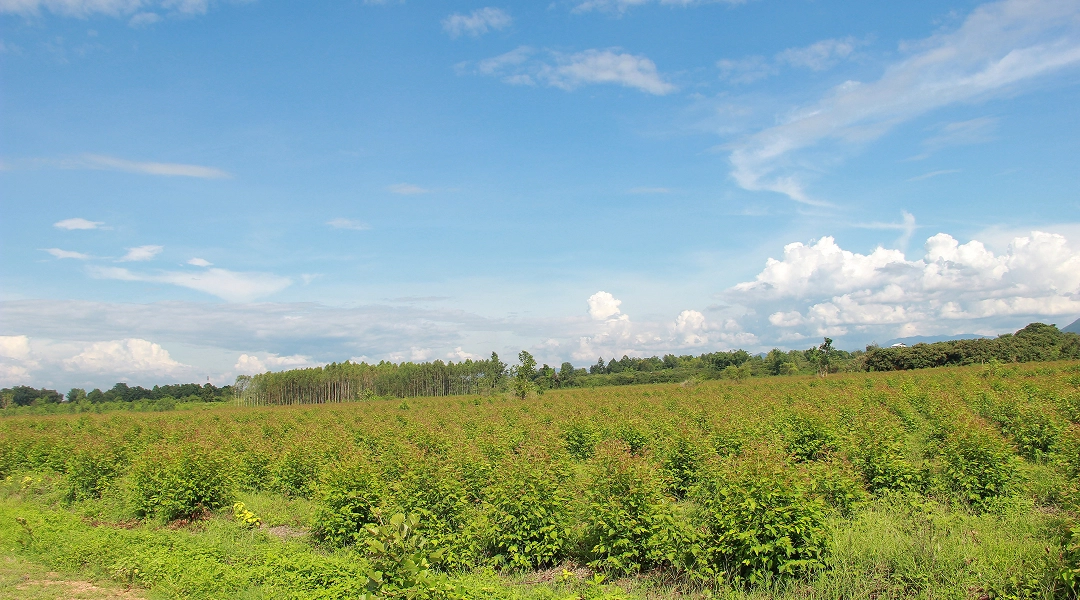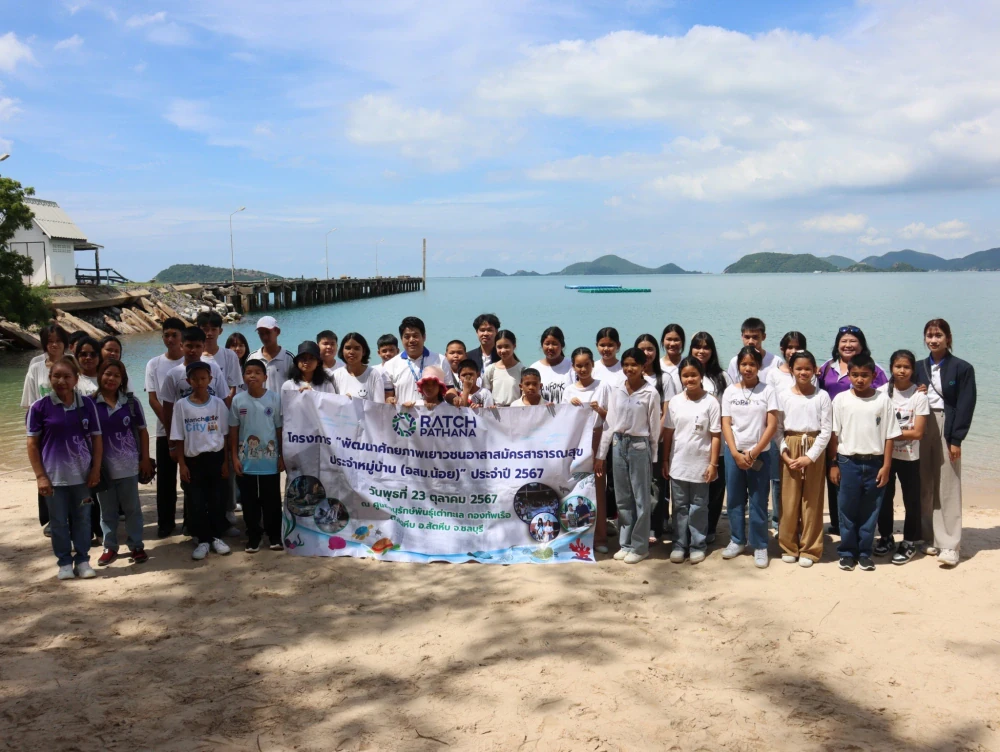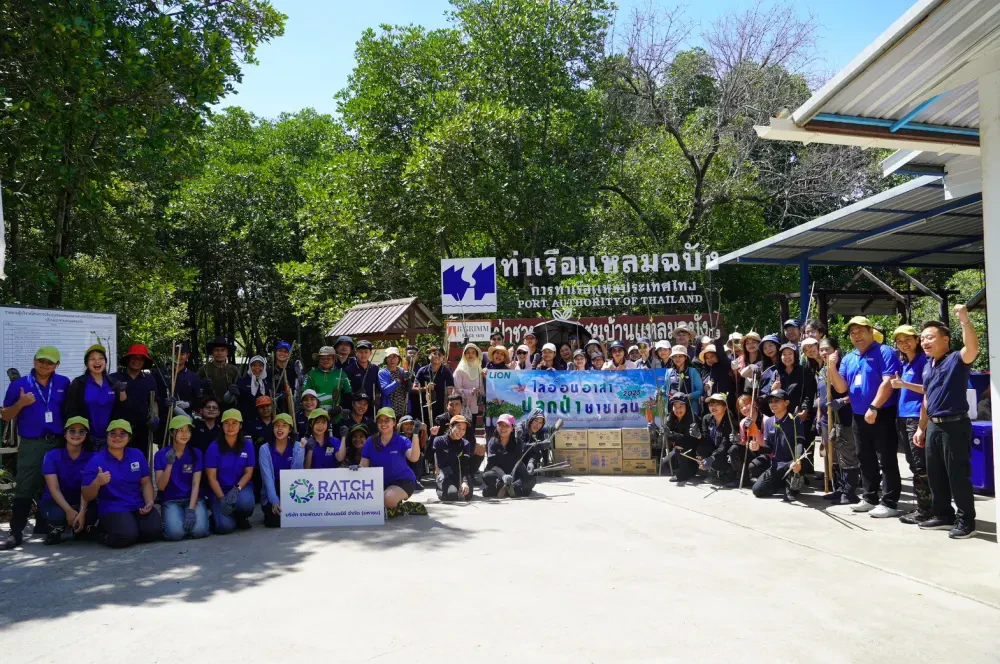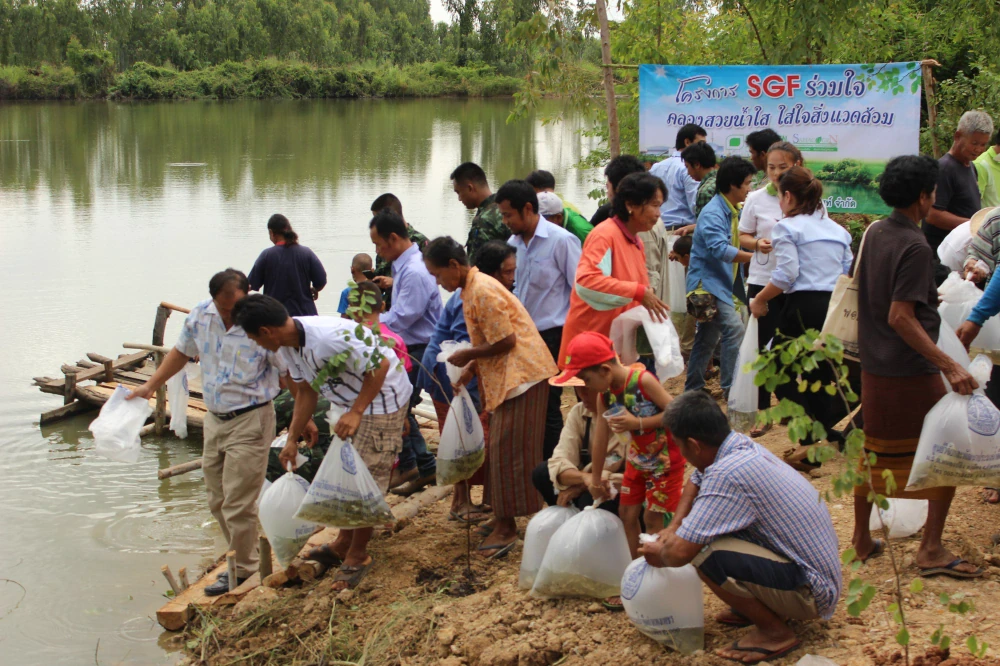Biodiversity


Supporting the SDGs Goals
Goal 6:
Goal 14:
Goal 15:
Goal and Performance Highlights
Goal
Performance
Goal
Performance
Challenges and Opportunities
Biodiversity plays a crucial role in maintaining ecosystem balance, directly influencing the long-term sustainability of business operations. The richness of life within ecosystems supports the natural resources on which businesses depend and helps mitigate environmental risks, such as climate change, natural disasters, and raw material shortages.
Ratch Pathana and Affiliates power plants possess strong growth potential in the renewable energy sector, particularly in biomass energy, which is considered environmentally friendly. The Company operates in designated industrial and agricultural zones, resulting in minimal impact on biodiversity. Moreover, supportive government policies promoting clean energy further enhance business expansion opportunities and community partnerships.
Nonetheless, the Company faces several challenges, including the need to effectively manage environmental impacts, ensure a sustainable biomass supply chain, and address climate uncertainties that may affect resource availability. In addition, shifts in government energy policies and increased market competition may impact cost structures and operational strategies. To overcome these challenges, effective management, innovation, and technology development are key enablers that will drive long-term business growth and maintain the Company’s competitive advantage in the evolving energy landscape.

Management Approach and Value Creation
Biodiversity Management Practices
The company recognizes the importance of biodiversity and the impact of its operations on ecosystems. The company has established guidelines for biodiversity management under its environmental sustainability policy as follows:
Guidelines for Biodiversity Management Under Its Environmental Sustainability Policy
-
Implement Environmental Management
by complying with relevant legal requirements and regulations, seeking approaches to enhance environmental management efficiency and quality control, and preserving ecosystems and biodiversity by encouraging all stakeholder groups to recognize its importance, benefiting society and humanity sustainably.
-
Use Resources Efficiently
by promoting the optimal use of all types of resources and seeking approaches and methods to reduce the use of limited resources for maximum efficiency.
-
Implement Climate Management
by strictly managing greenhouse gases in accordance with relevant laws and regulations, as well as seeking measures to reduce greenhouse gas emissions and methods to respond to climate change to prevent and reduce potential impacts on business operations.
Biodiversity Risk Assessment
The Ratch Pathana Group is committed to conducting risk assessments related to biodiversity in various projects, considering potential impacts both within and near the company's project areas, including areas where the company conducts biodiversity restoration or protection that may be affected by projects.
The company uses the Environmental Impact Assessment (EIA) process to assess biodiversity risks, which considers and designs projects to reduce potential impacts on ecosystems, particularly in terms of green area restoration, water and waste management, and air pollution reduction. Additionally, there is collaboration with communities and environmental organizations to create positive impacts on biodiversity. This biological impact assessment process also includes developing a Biodiversity Action Plan (BAP) for all key company sites to control and manage potential biological risks in the future.


The biodiversity impact assessment through the Environmental Impact Assessment (EIA) process is under the supervision of government agencies, namely the Ministry of Natural Resources and Environment, in accordance with Section 48 of the National Environmental Quality Promotion and Conservation Act (No. 2) B.E. 2561 (2018). The company discloses the assessment results in the Environmental Impact Assessment (EIA) report as required by law.
Reference: https://eia.onep.go.th/eia/detail?id=12336












